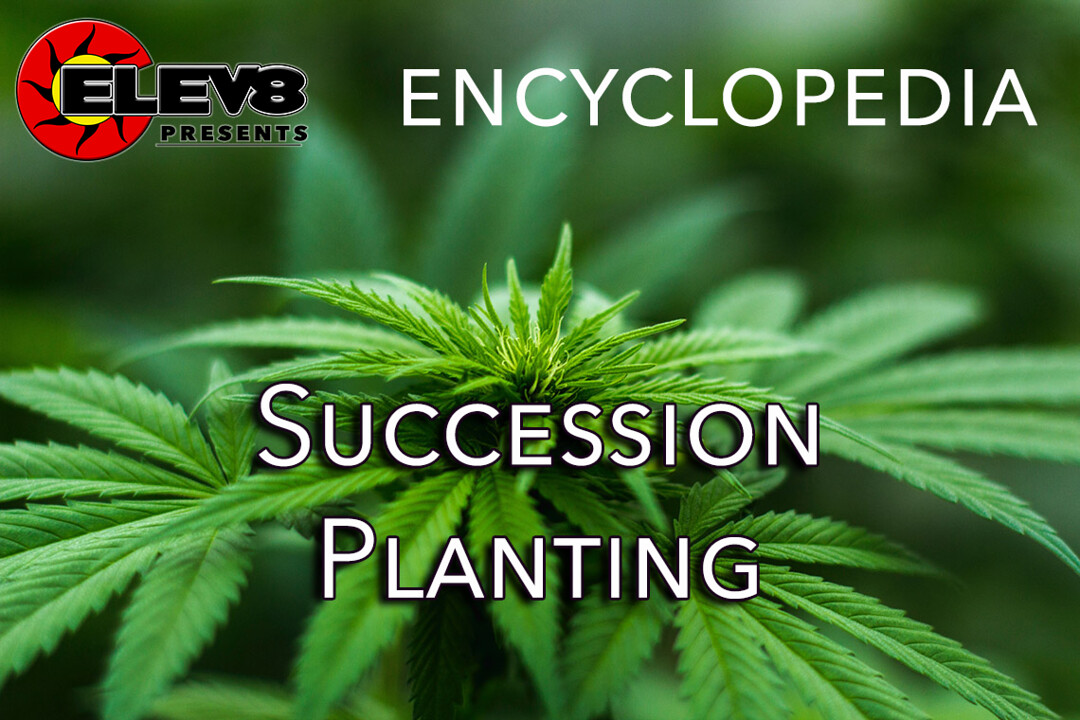What does Succession Planting mean?
In horticulture, succession planting refers to planting methods that increase crop yields throughout the growing season by efficiently using space and thorough crop timing.
Succession planting is simply the planning and planting of varieties that will mature in a succession as companion plants.
More Info On Succession Planting
Successful succession planting is the combination of interval planting and companion gardening. Succession planting works on a seven-day interval up to a 30-day interval and there are charts available to aid the gardener with the timing.
Knowing what to plant in succession with another plant is essential for success. For example, as a seven-day interval, radishes are an excellent companion succession plant with baby leaf lettuce as they grow and mature at different rates.
Squash is sometimes planted as a 30-day interval succession plant with sweet corn, as the squash will vine and mature about a month following the corn. By using succession planting, the gardener doubles the amount of crops that can be grown on the same space.
The process can be repeated throughout the garden to increase the yields in a very small space.







